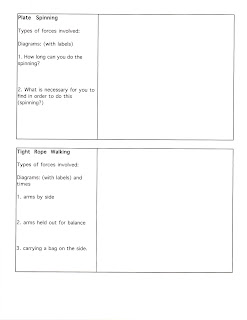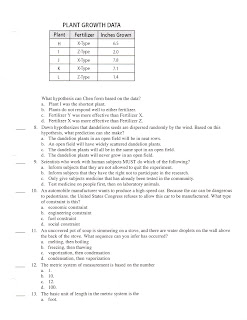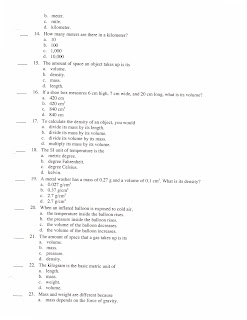
Students will be able to:
use information from textbooks and classroom discussions to
-identify the organization of the periodic table.
-understand how the periodic table is arranged as families (columns) and periods (periods).
-identify electron arrangement in periods 1-3 as it relates to energy level.
-compare and contrast the properties of elements based on their families and groupings.
The do now was to draw the electron dot diagram of water.
Students received HL 14, which can be found at the top of this blog.
Students watched the BrainPop presentation on the Periodic Table.
Students completed work on their periodic tables, using the following color codes:
1. Color the alkali metals column yellow.
2. Color the alkaline earth metals column red.
3. Color the noble gases column green.
4. Color the boron family blue.
5. Color the carbon family pink.
6. Color the nitrogen family orange.
7. Color the oxygen family brown.
8. Color the halogens family purple.
9. Label the line for the metalloids black.
10. Color the iron triad a maroon or deep red.
11. Color the platinum group a different yellow.
12. Color the lanthanides a different green.
13. Color the actinides a different blue.
14. Color the remainder of the transition elements a different purple.
If you write the name of the family with the same pencil you use to color the elements, it will reduce confusion.



















































